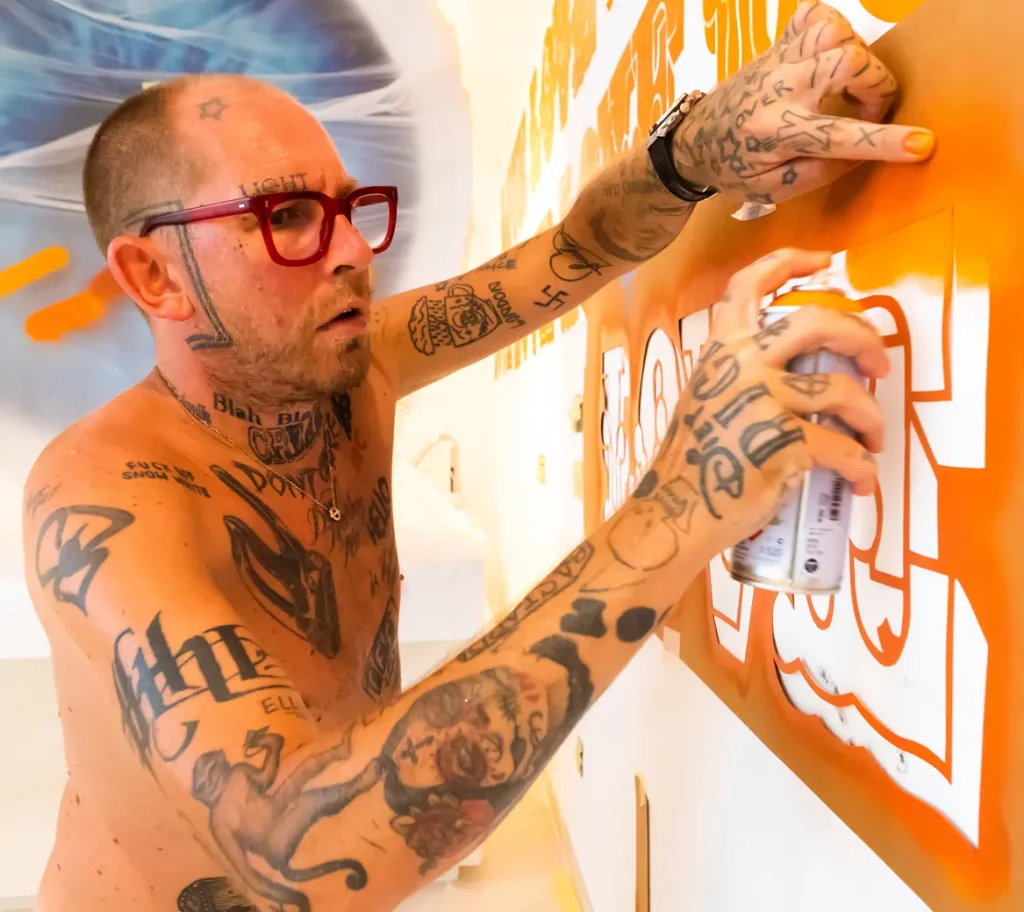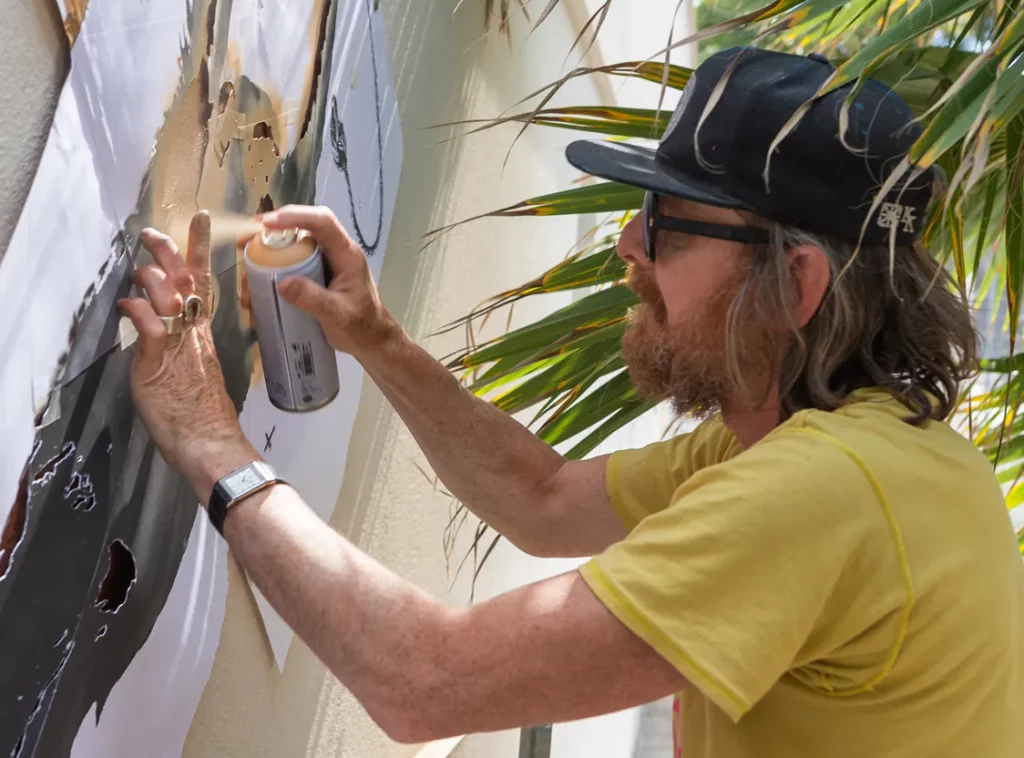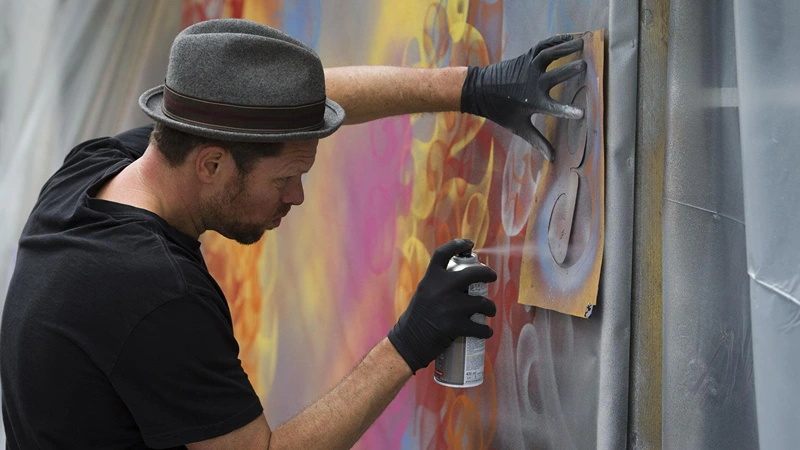In the realm of contemporary art, stencil art has emerged as a dynamic and influential medium, captivating audiences with its intricate designs and powerful visual narratives. Artists around the world have harnessed the power of stencils to create evocative works that transcend the boundaries of conventional art forms. In this blog post, we will delve into the world of stencil art, exploring its history, techniques, and role in shaping the art landscape.

A Brief History of Stencil Art
Stencil art is not a recent phenomenon; it has a rich history dating back thousands of years. Stencils were used in ancient civilizations for various purposes, from cave paintings to intricate textile designs. However, it was in the 20th century that stencil art evolved into a significant contemporary art movement.

The true pioneer of street art, Blek le Rat is credited as the first to transform stencil from basic lettering into imagery. He is also the one to invent and create life-sized stencils. Blek le Rat creates socially engaged artworks, intended to bring attention to global problems. His work often depicts marginalized individuals opposed to large oppressive groups.
The emergence of graffiti and street art in the 1960s and 70s brought stencils into the spotlight. Artists like Banksy, Shepard Fairey, and Nick Walker utilized stencils to create striking and politically charged works that challenged the status quo. Today, this type of art has grown far beyond its street art roots and has found its place in galleries, museums, and the mainstream art world.
Techniques of Stencils
Stencil art is characterized by its methodical approach to creating art. Here are some of the key techniques that artists use to craft intricate and captivating stencil designs:
- Design and Preparation: Artists start by designing their image on a computer or sketching it by hand. This design is then translated into a stencil pattern.
- Cutting: Stencils are typically made from thin materials like paper, cardboard, or acetate. The artist carefully cuts out the areas of the stencil that represent the image they want to create.
- Layering: Many stencil artworks consist of multiple layers. Each layer adds a new color or element to the composition. Artists must align and layer the stencils accurately to achieve the desired effect.

- Spray Painting: The stencil is placed on the canvas or surface, and spray paint is applied. This step requires precision to prevent bleeding and achieve clean lines.
- Detail Work: Once the base layers are complete, artists may use brushes or other tools to add intricate details, shading, and highlights to the artwork.
- Final Touches: A successful stencil piece often involves additional elements like text, collage, or freehand painting to enhance the overall composition.
The Impact and Significance of Stencil Art
Stencil art has made a significant impact on the art world for several reasons:
- Accessibility: Stencil art is more accessible than traditional forms of painting. Making it an appealing choice for emerging artists and those looking to experiment with visual storytelling.
- Social and Political Commentary: Many stencil artists use their work to comment on societal issues, political events, and cultural narratives, creating thought-provoking and impactful art.
- Versatility: Stencil art spans a wide range of styles, from photorealistic stencils to abstract, graffiti-inspired designs. This versatility allows artists to convey diverse emotions and concepts.

- Urban Art and Street Culture: Stencil art has its roots in urban art and street culture. It is contributing to the redefinition of public spaces and transforming cities into open-air art galleries.
- Collector’s Appeal: It has attracted the attention of art collectors, further blurring the lines between street and gallery art. Pieces from renowned stencil artists have found their way into prestigious collections.
Exploring the World of Stencil Art
Stencil art is a fascinating and ever-evolving art form that continues to inspire, provoke thought, and ignite the imagination. Its intricate and captivating designs have become a powerful means of self-expression. It is also a medium for artists to engage with and reflect upon the world around them. As we venture further into the 21st century, stencil art remains a dynamic and influential force in the contemporary art scene, a testament to the enduring power of creativity and innovation.
Cover image: The Art of Nick Walker

Leave a Reply